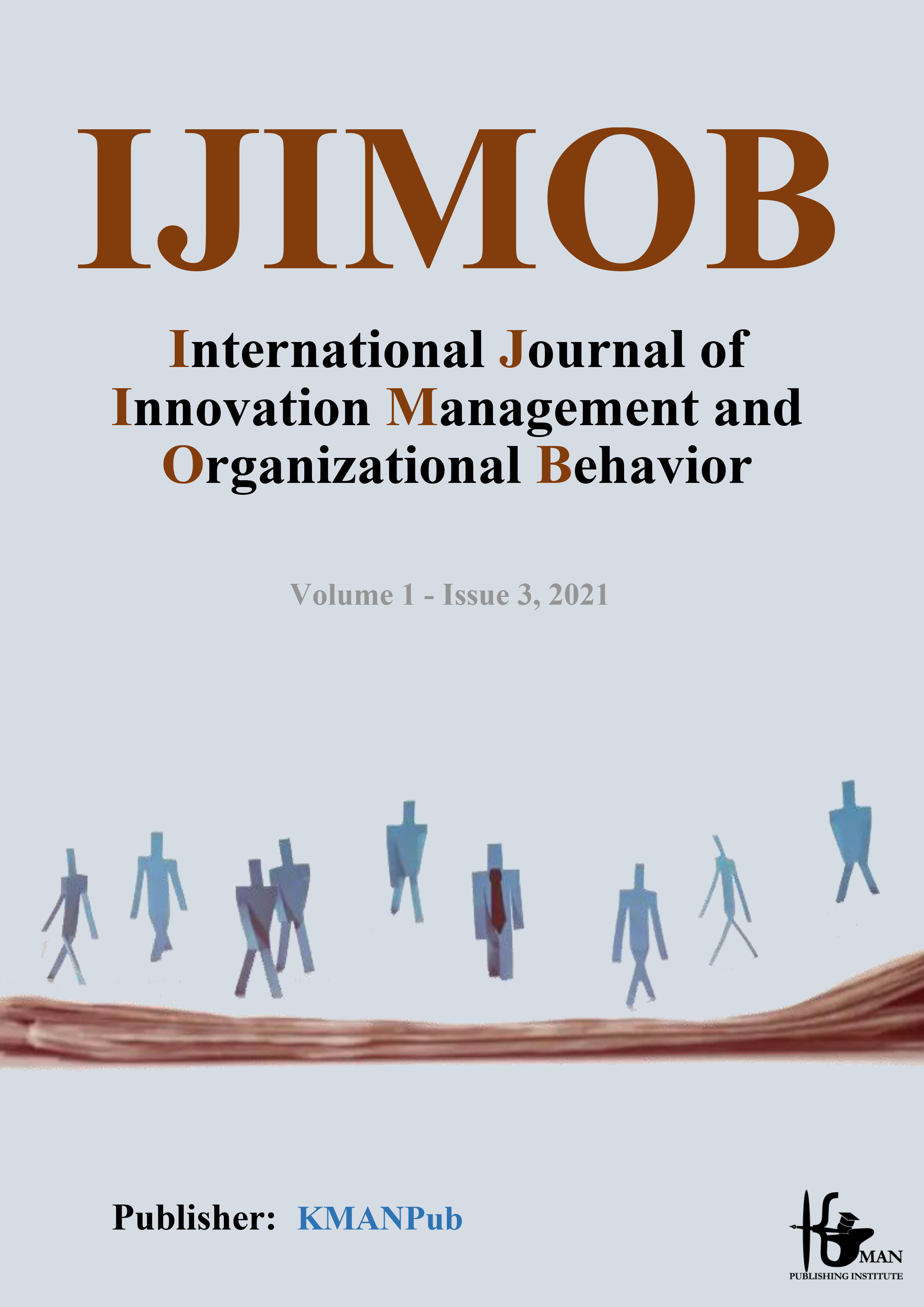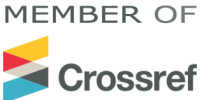Investigating the relationship between environmental innovation and strategic competitive advantage (Case study: Pars Oil Company)
Keywords:
Process innovation, product innovation, competitive advantageAbstract
Background and purpose: Today, institutions compete in a competitive environment; the requirement to survive in such environments is to create a suitable and durable relationship with the surrounding environment to improve organizational performance and productivity. Of course, communicating with the external environment requires formulating a strategy and coordinating other departments to implement it; Therefore, this study examines the relationship between environmental innovation and strategic competitive advantage. Methodology: This research is applied and descriptive. The statistical population of this research is the employees of Pars Oil Company in Tehran province, whose number is about 2800 people. Using Morgan's table, the sample size was determined as 361. A simple random sampling method was used to select the sample size, and finally, 361 questionnaires were selected for analysis. Findings: Based on the results of the structural equation modeling test and the partial least squares method, process innovation and product innovation based on environmental protection have a positive and significant effect on the competitive advantage resulting from differentiation and low costs. Conclusion: The results show that organizational innovation impacts environmental strategies and gaining a competitive advantage, and environmental strategies also impact gaining a competitive advantage.
Downloads
Downloads
Published
Issue
Section
License

This work is licensed under a Creative Commons Attribution-NonCommercial 4.0 International License.

























